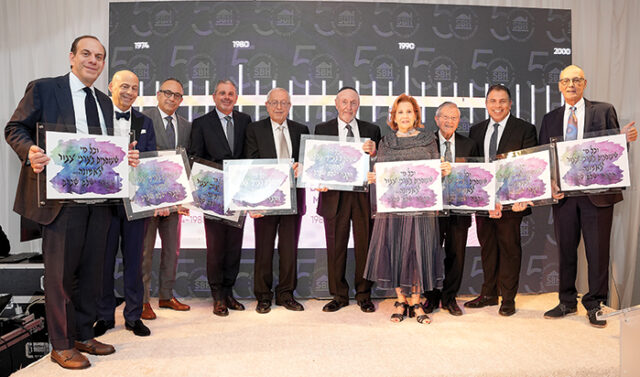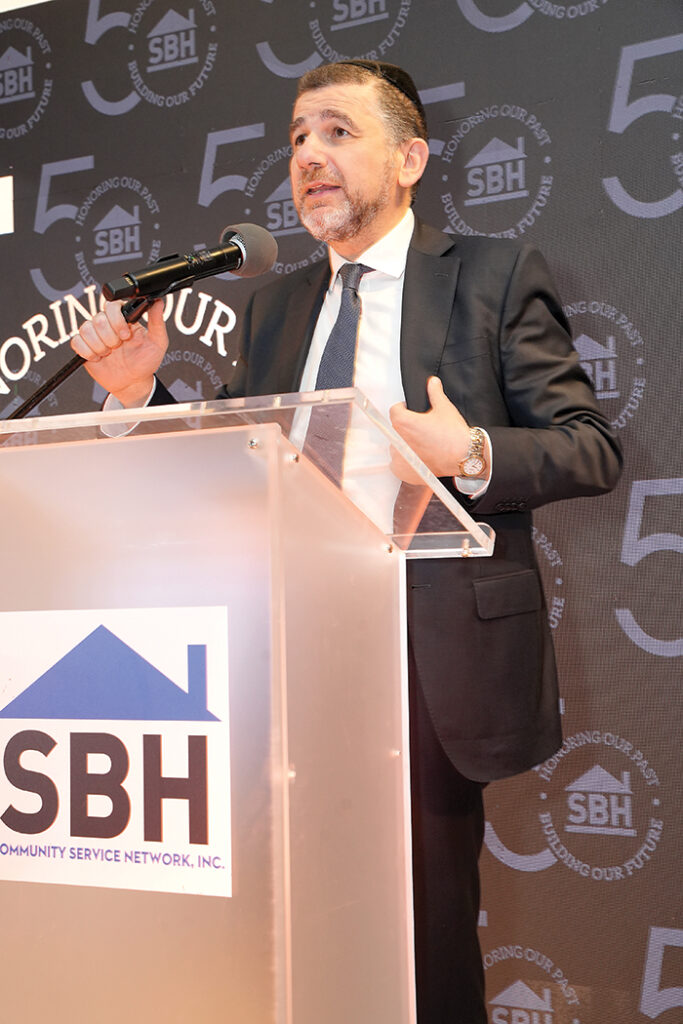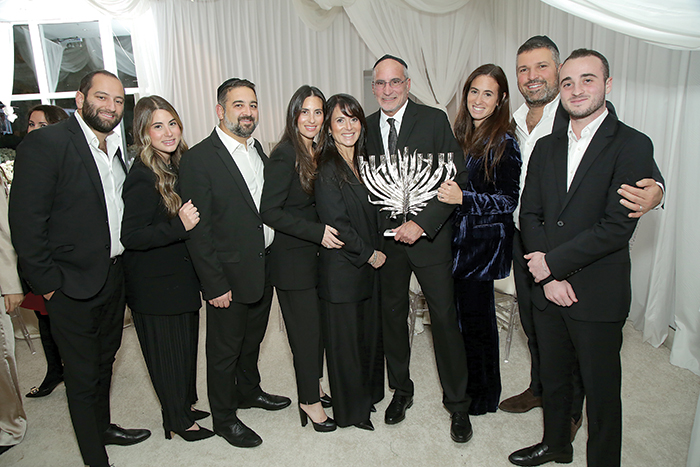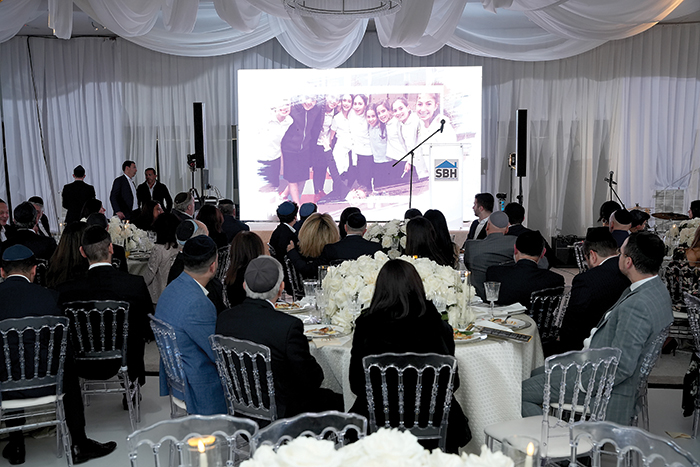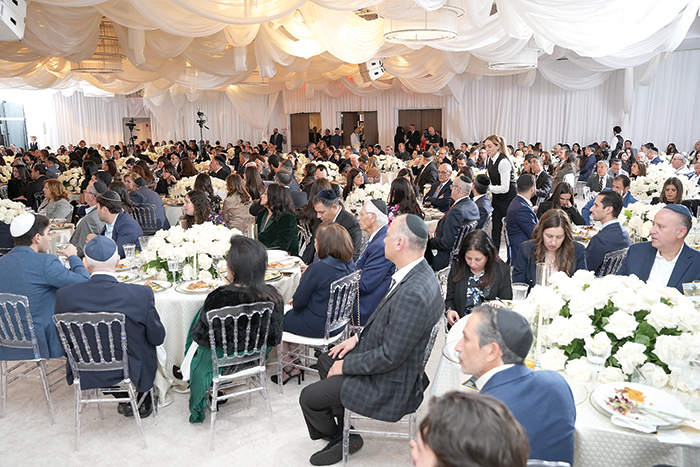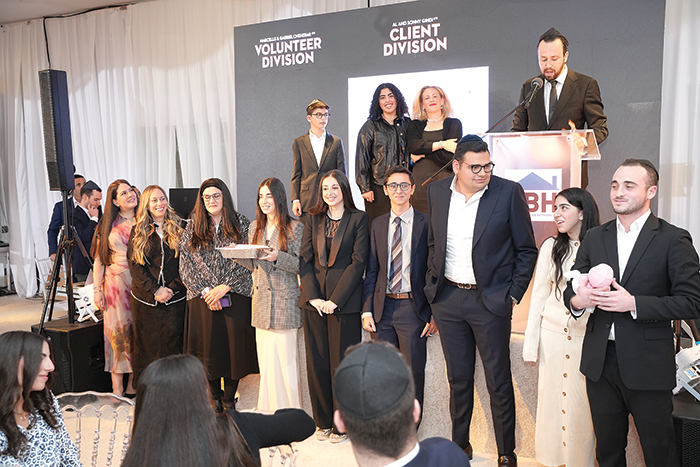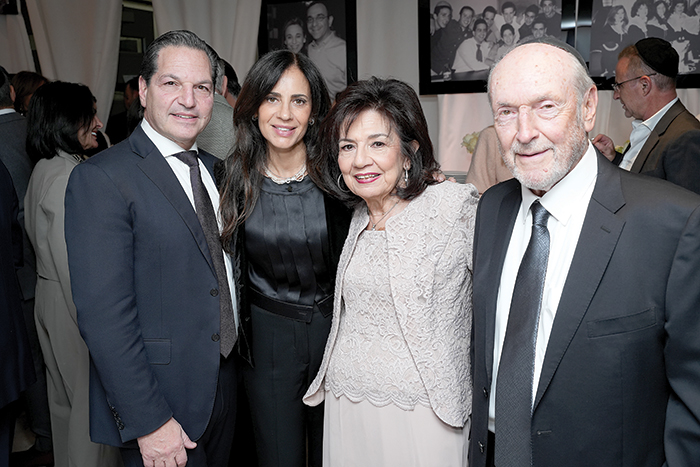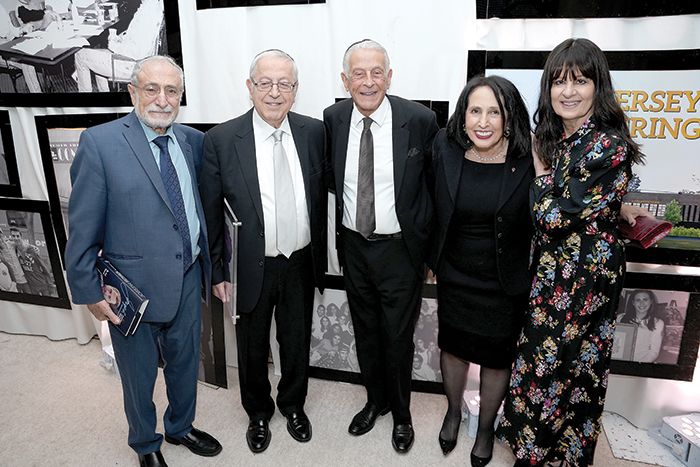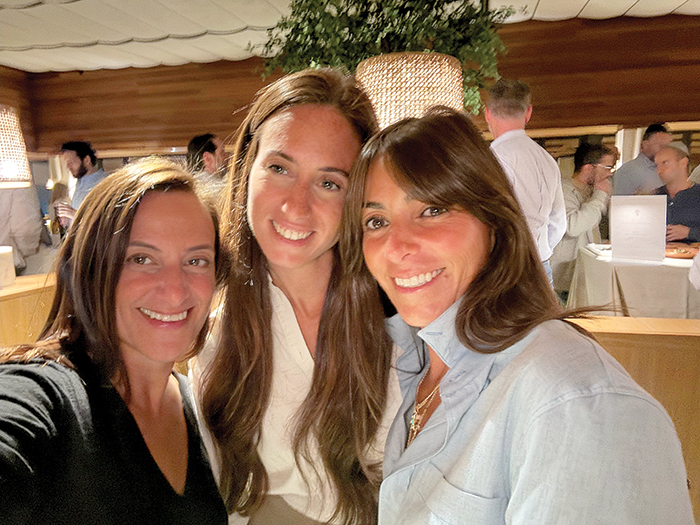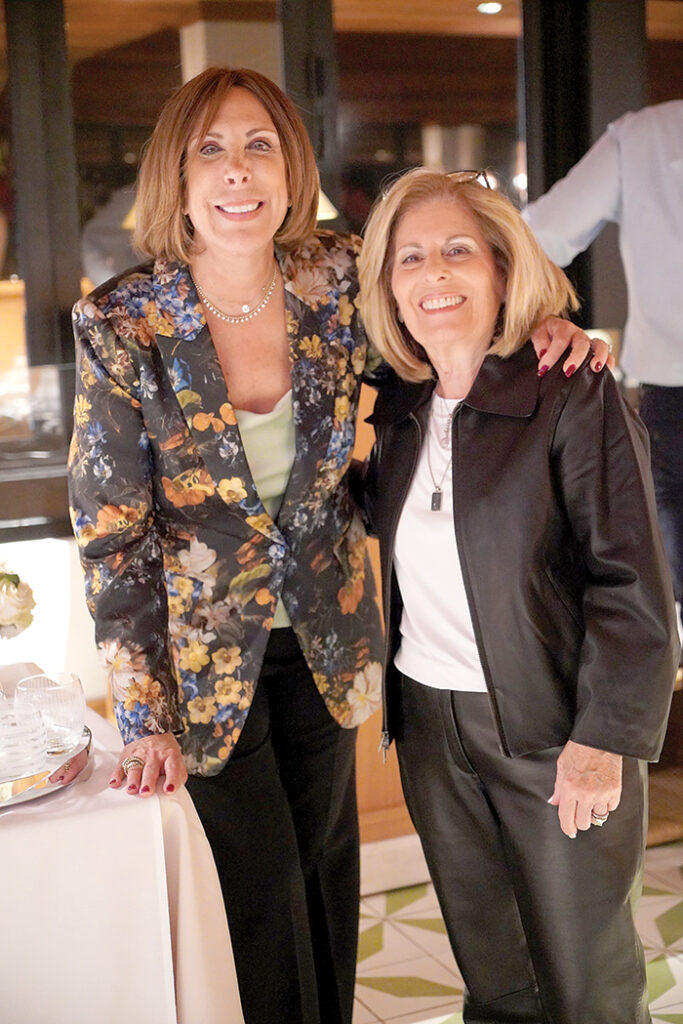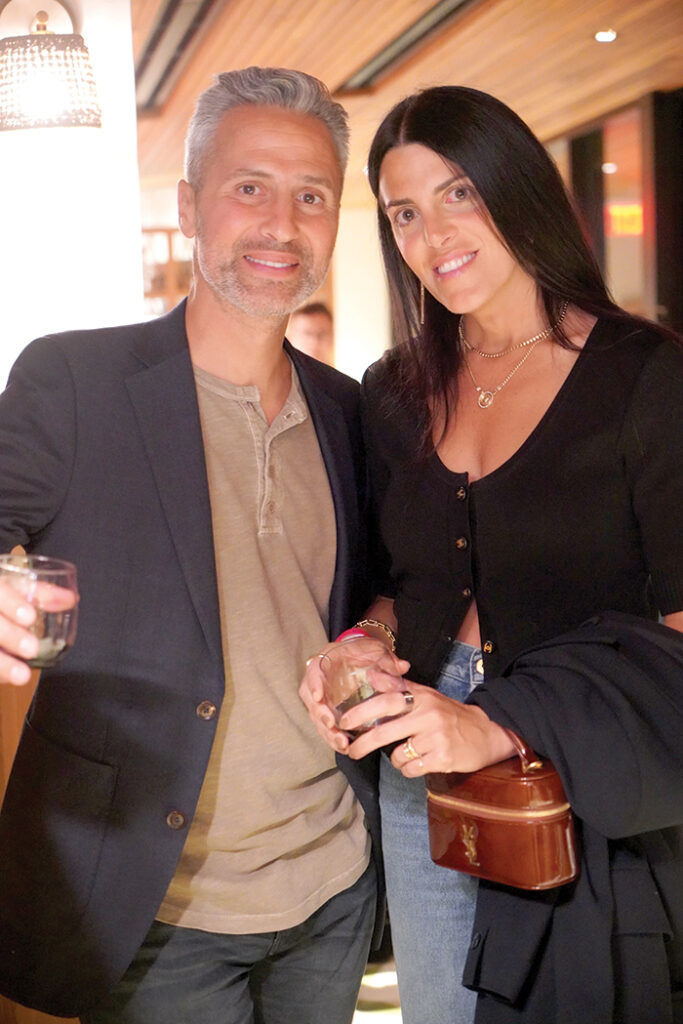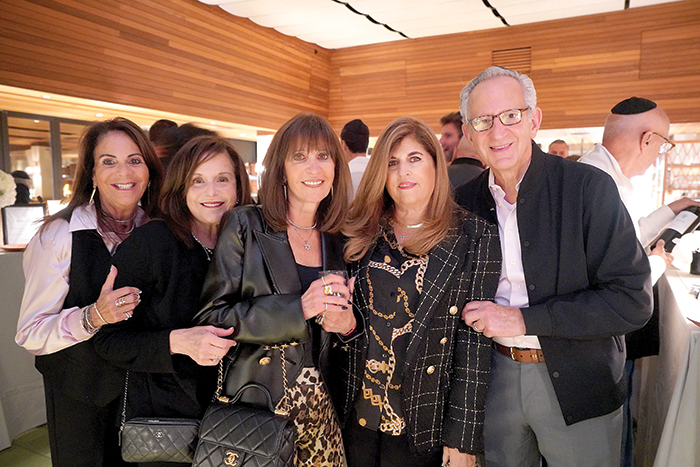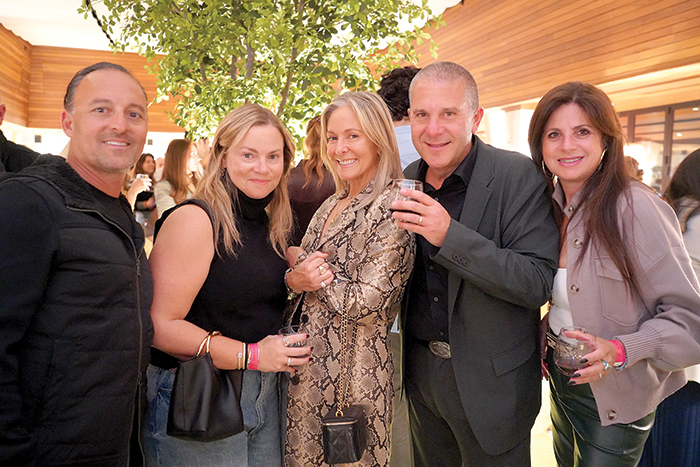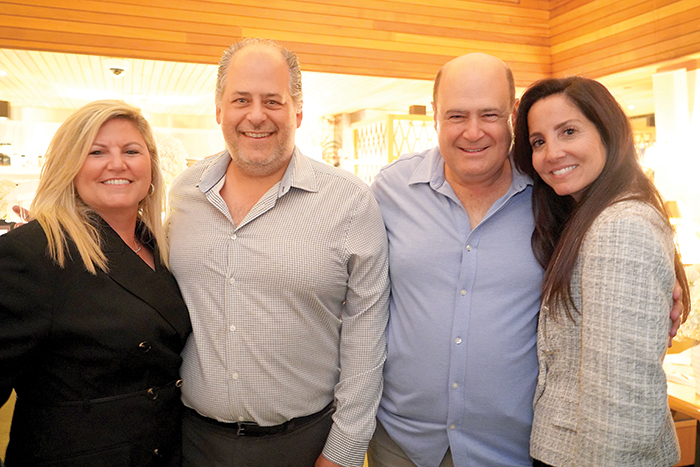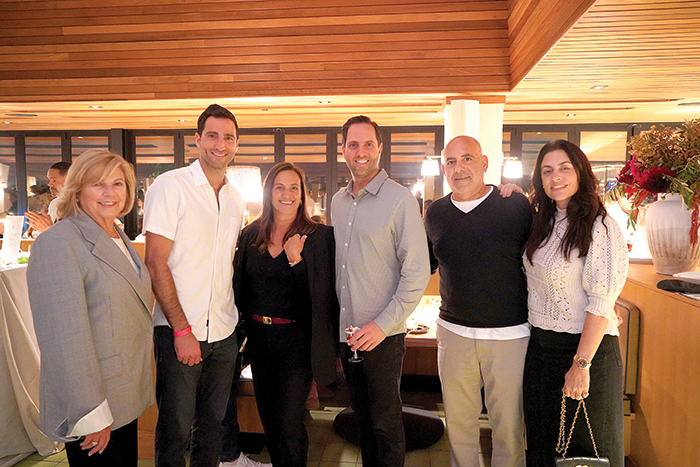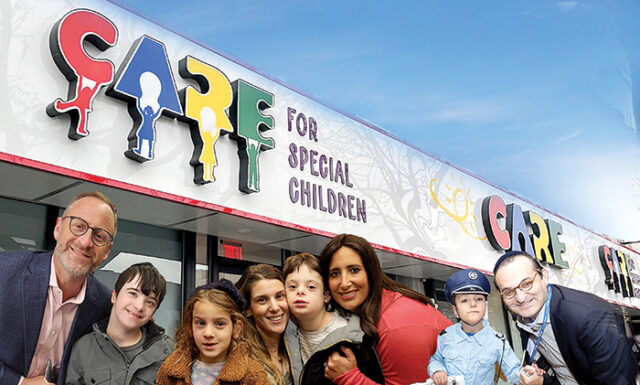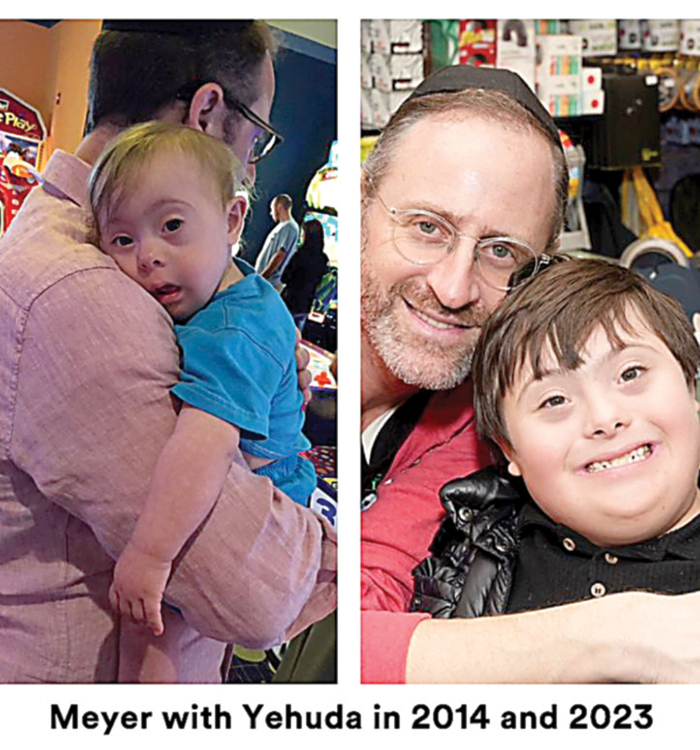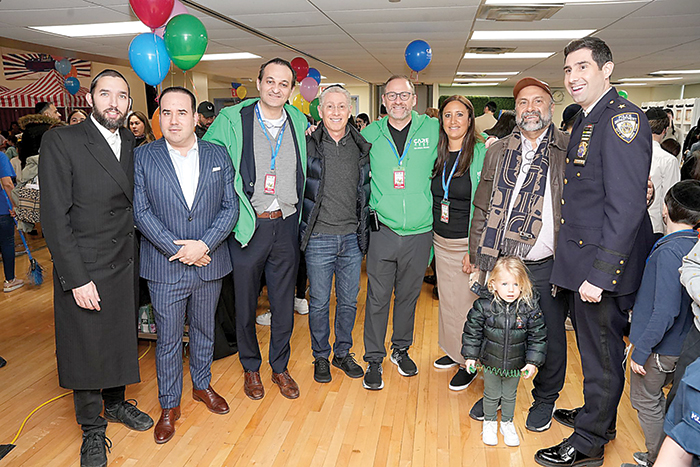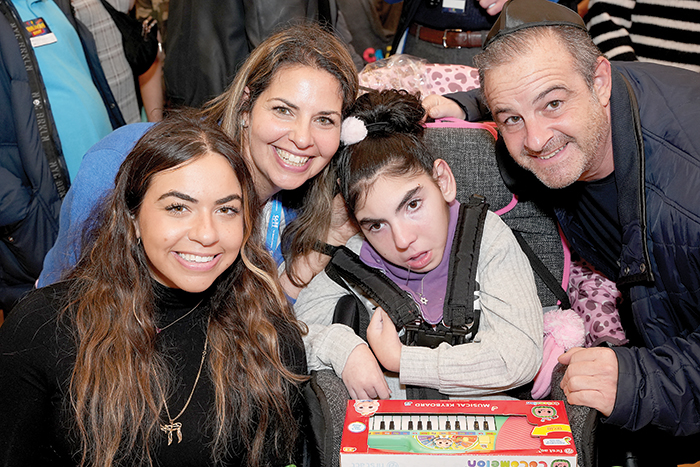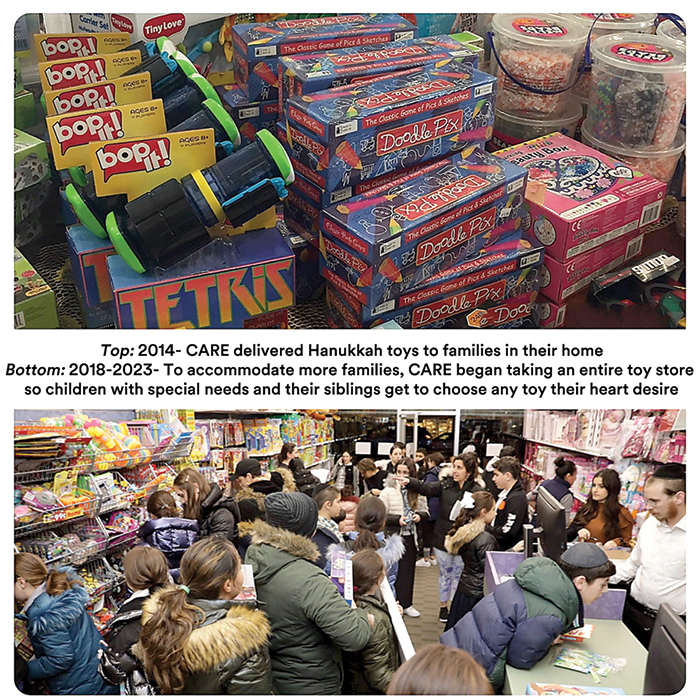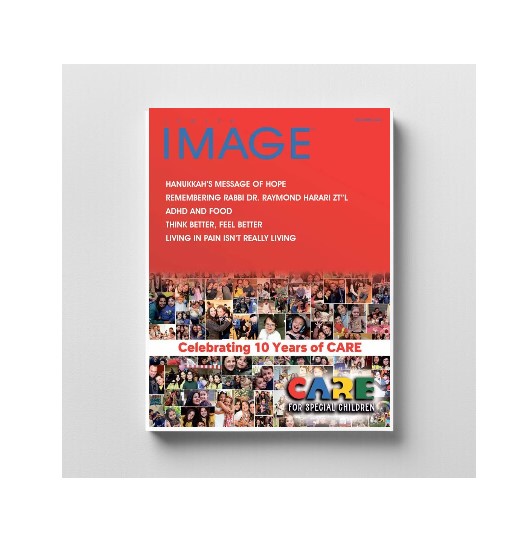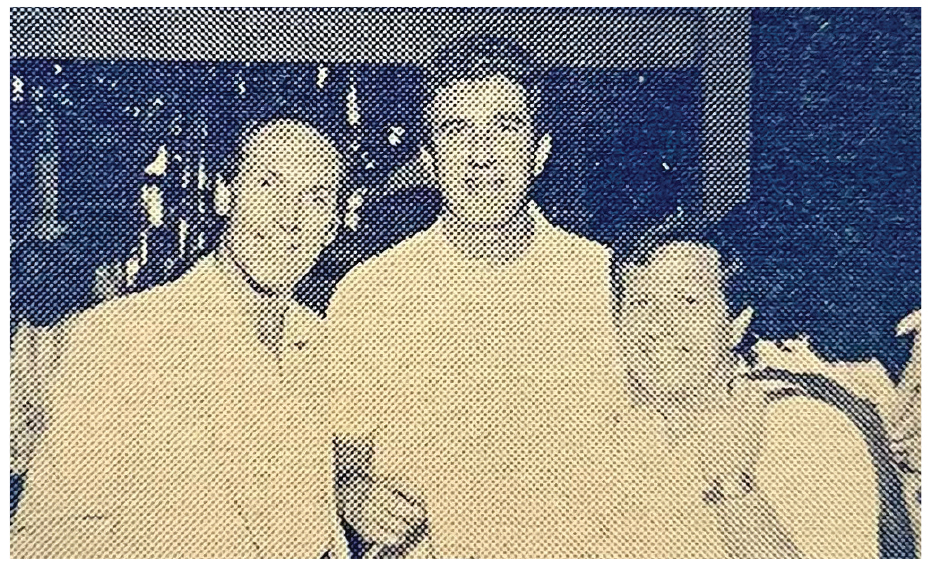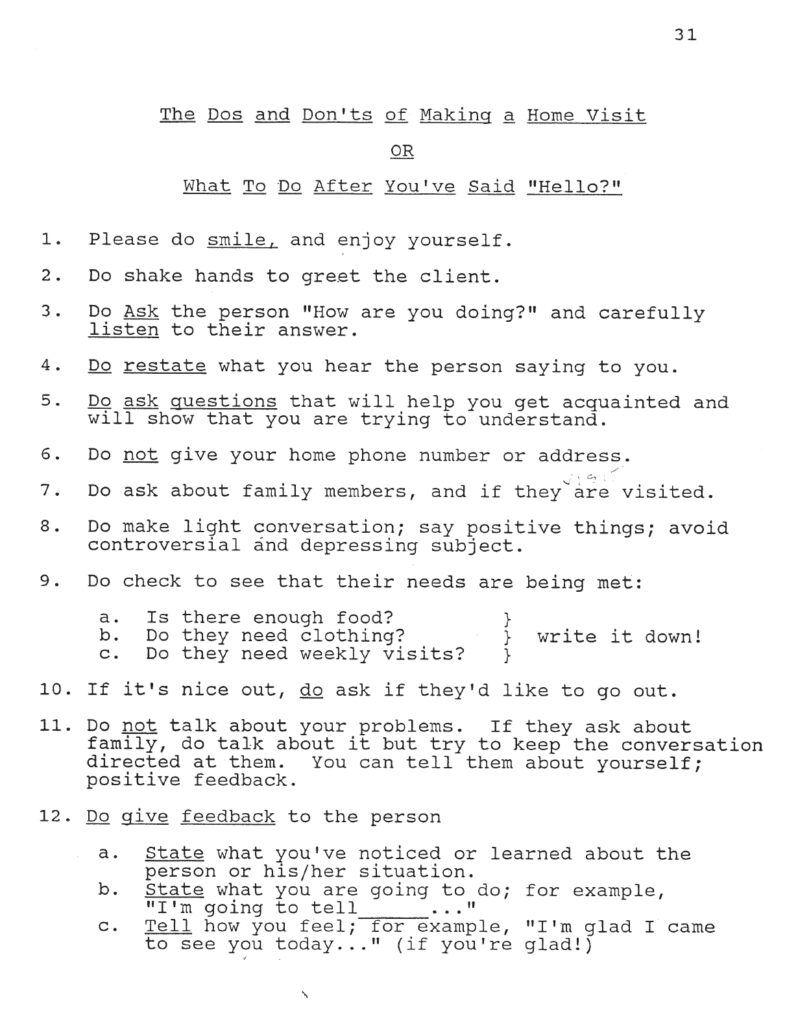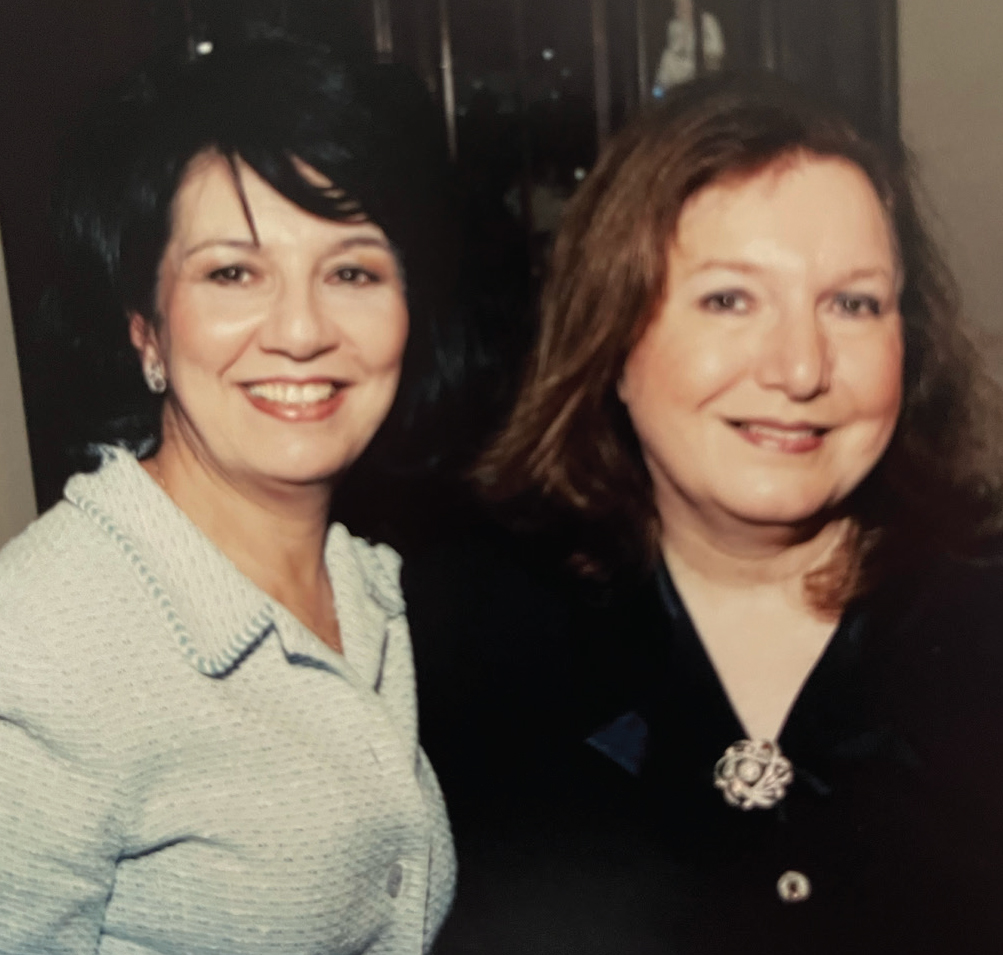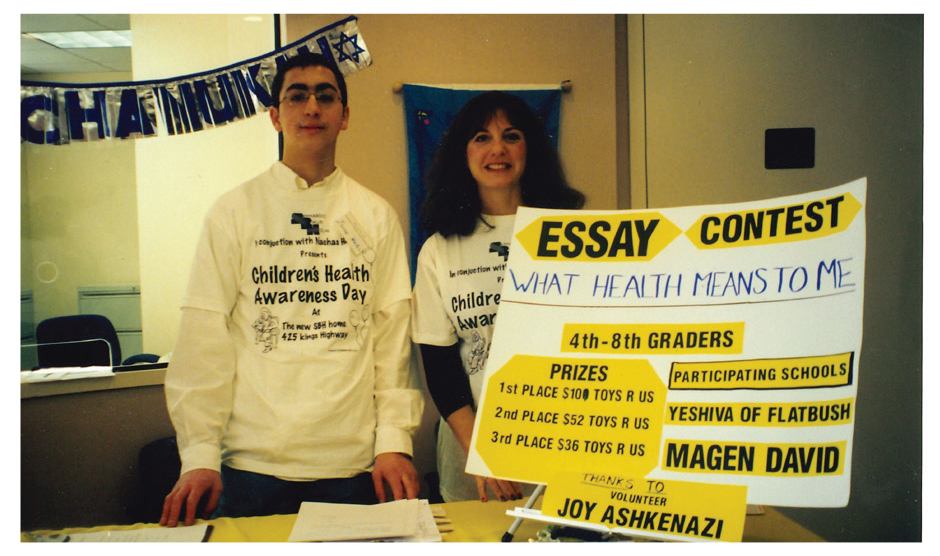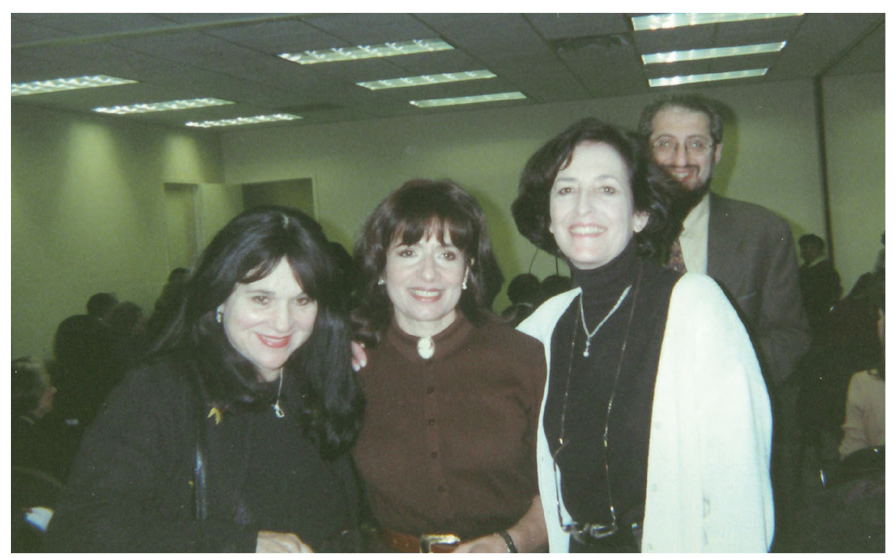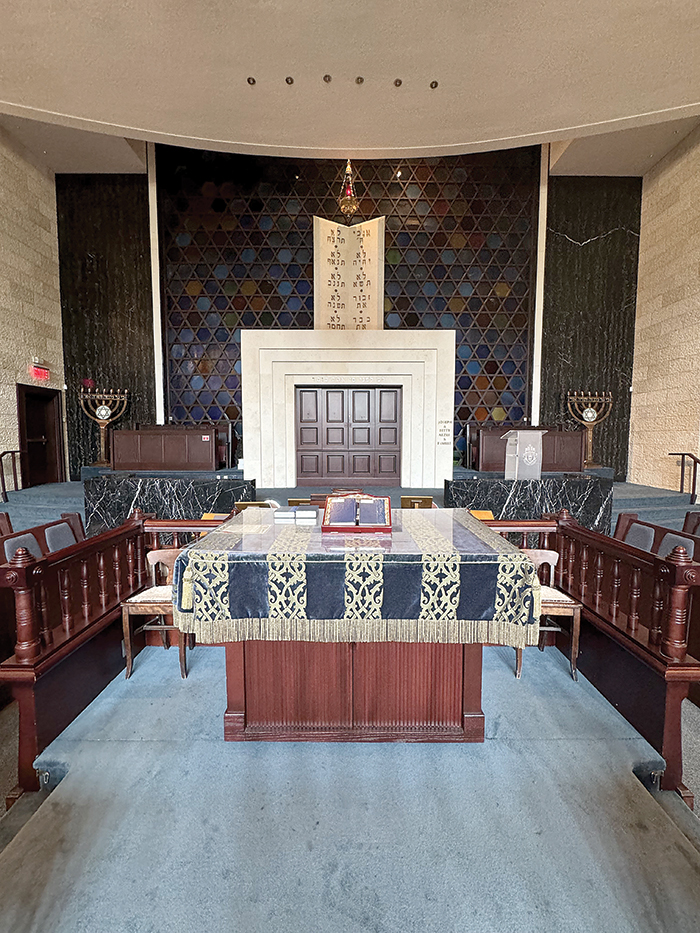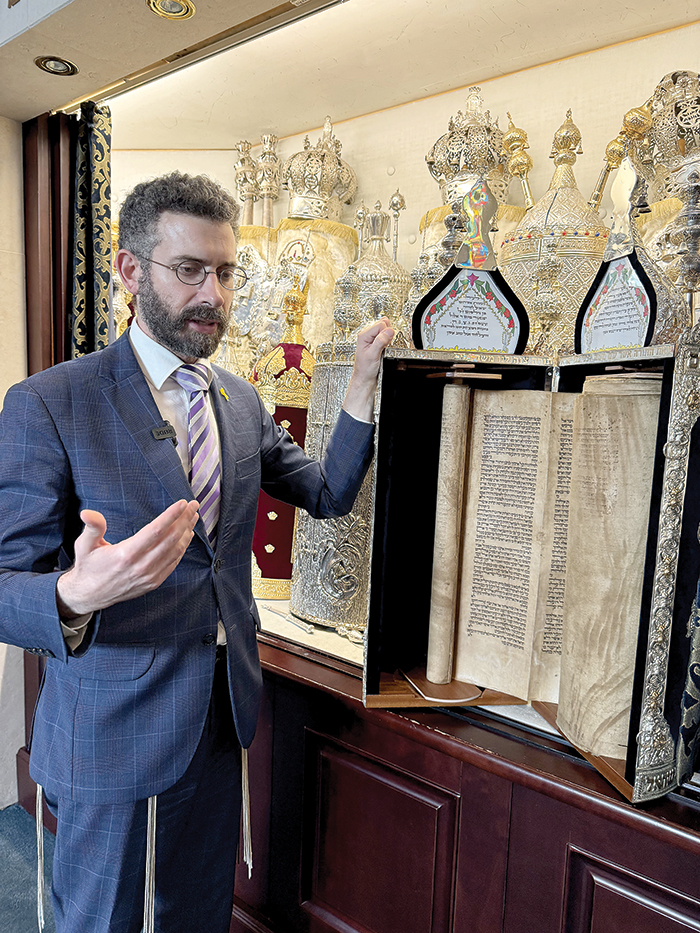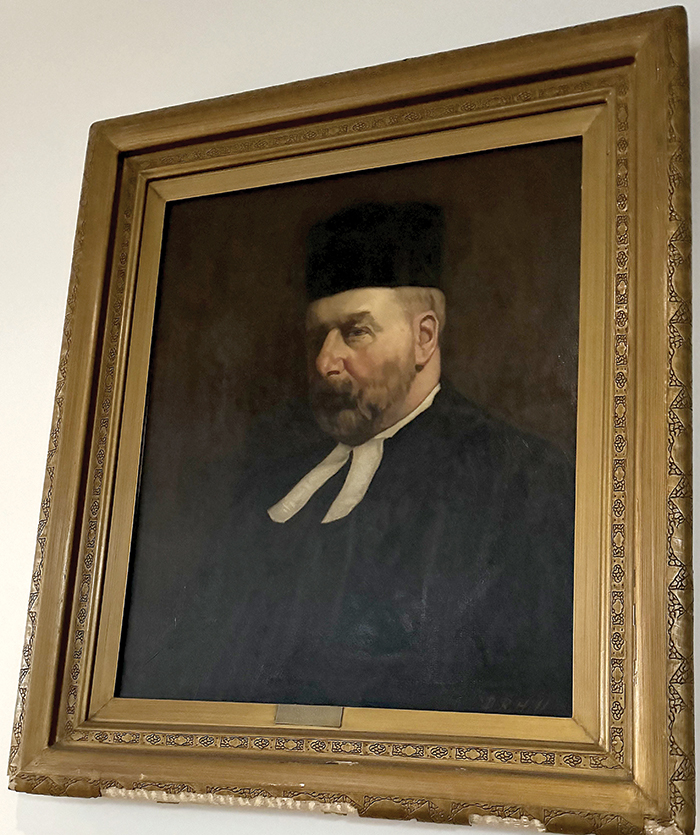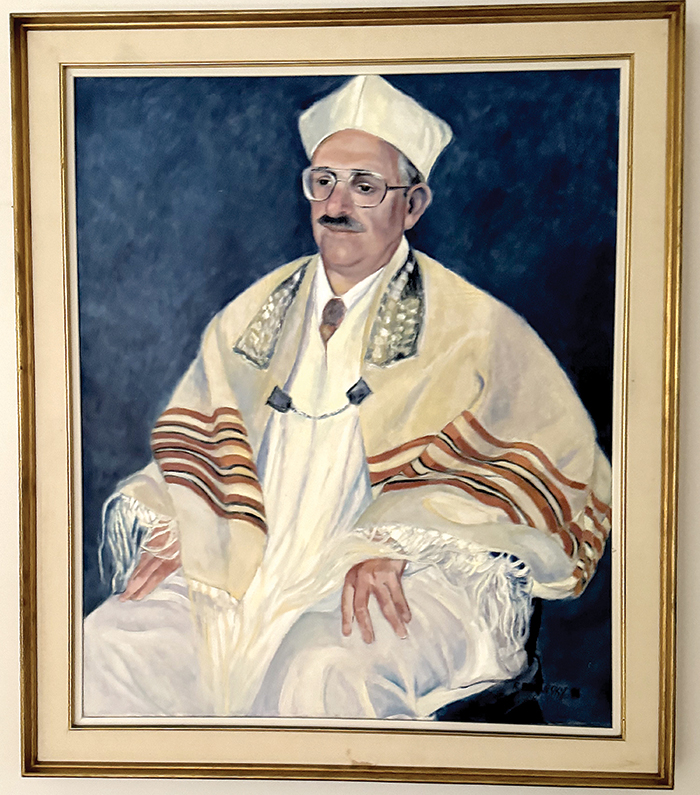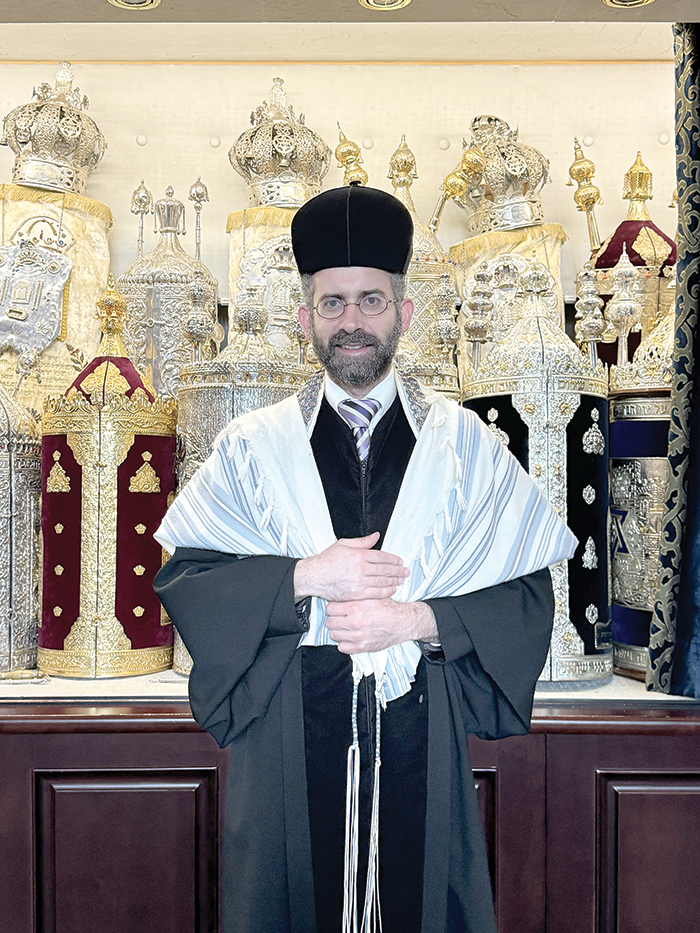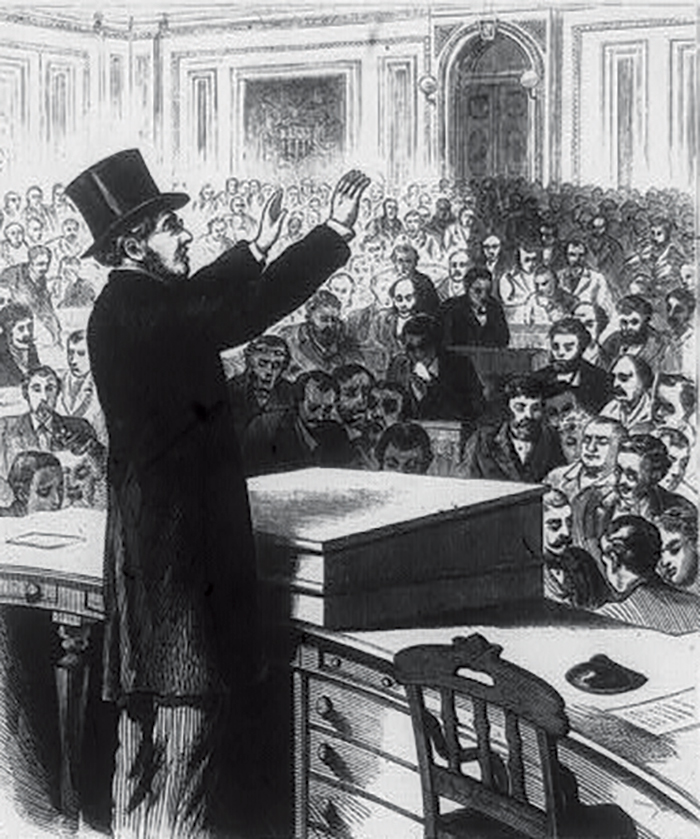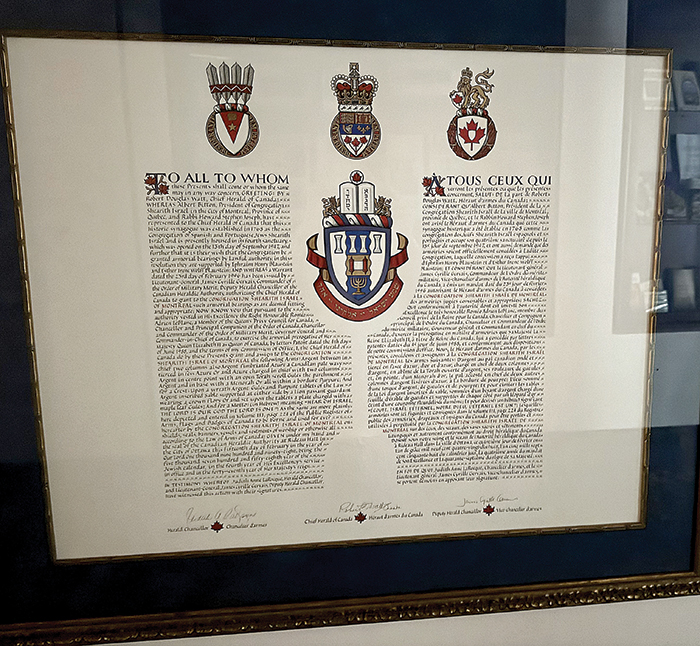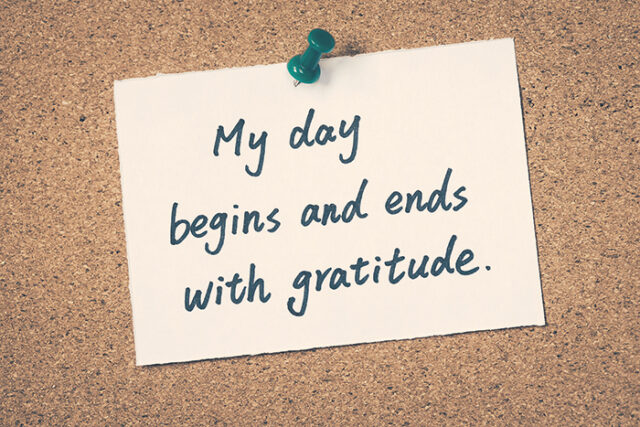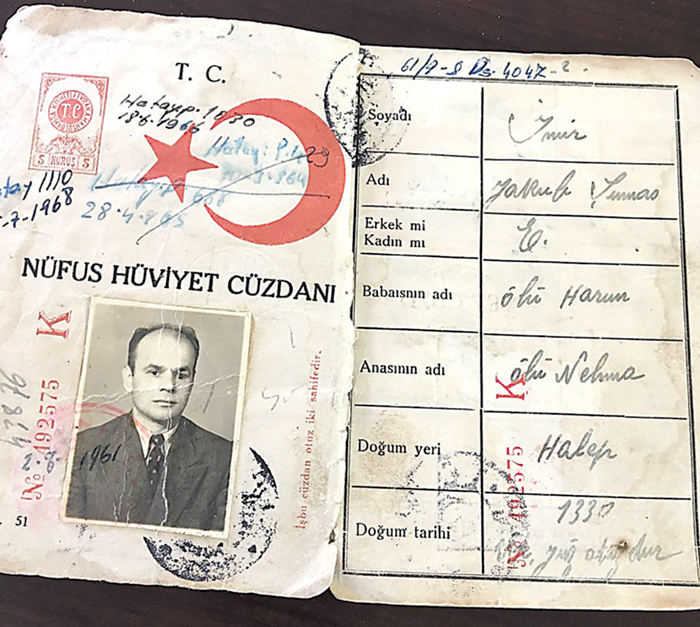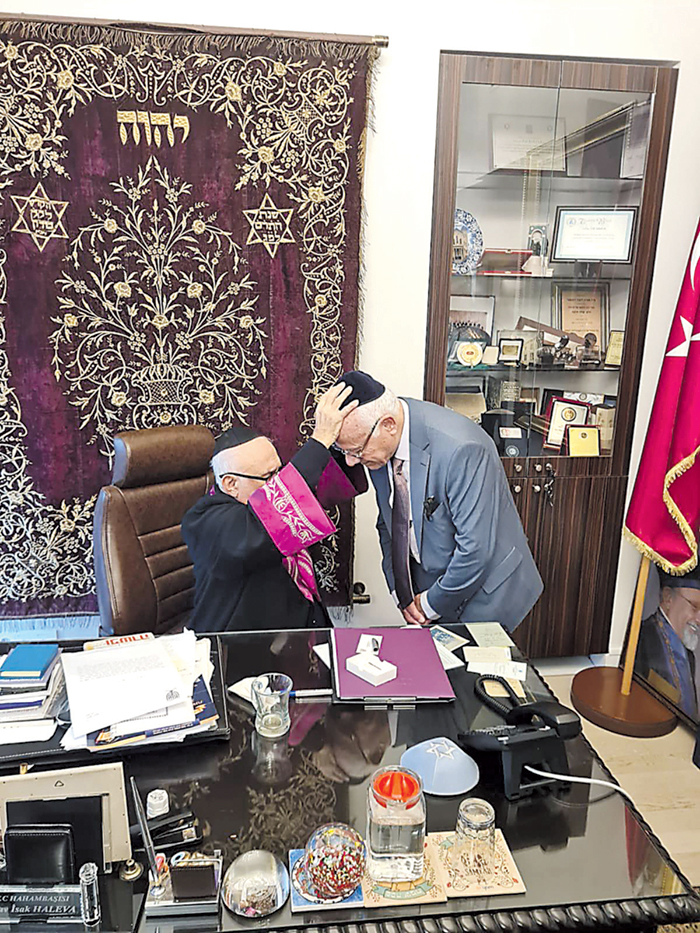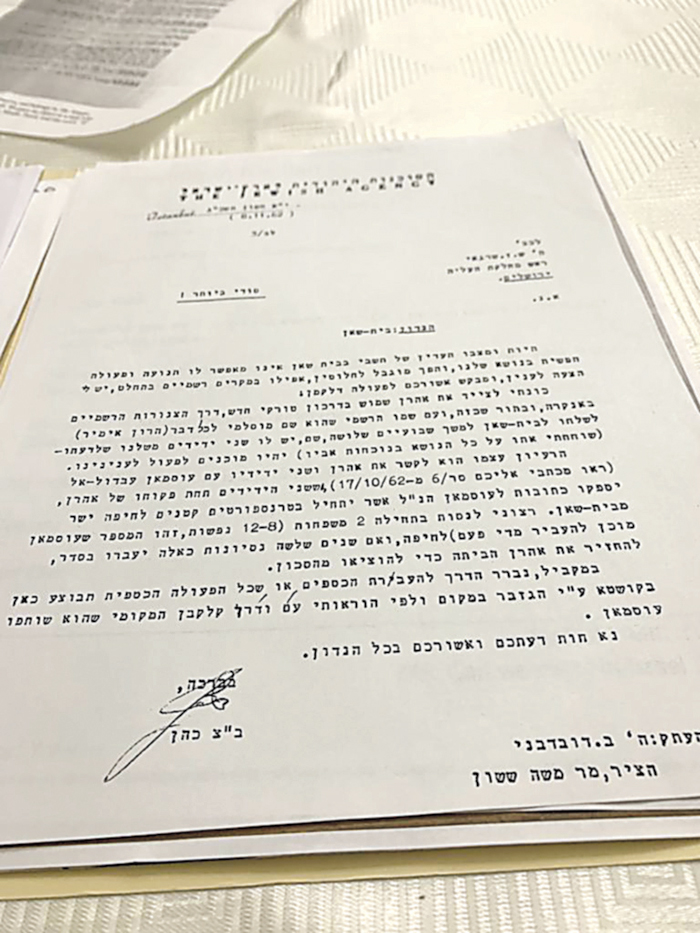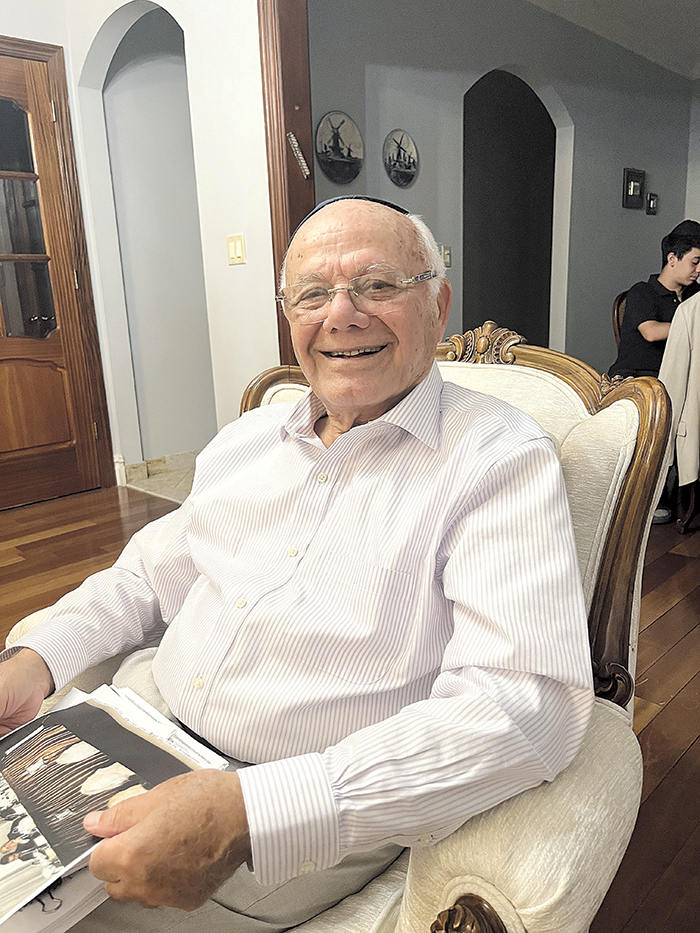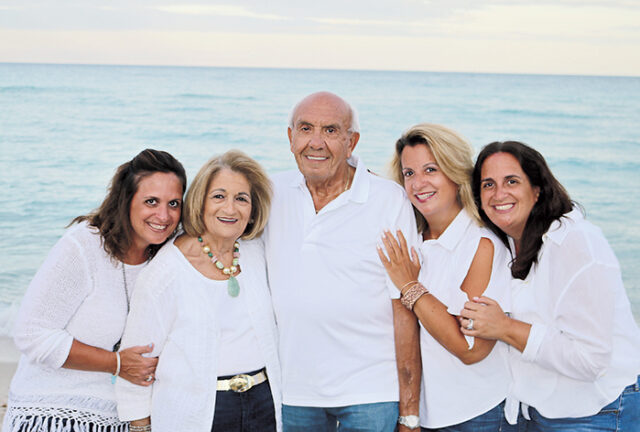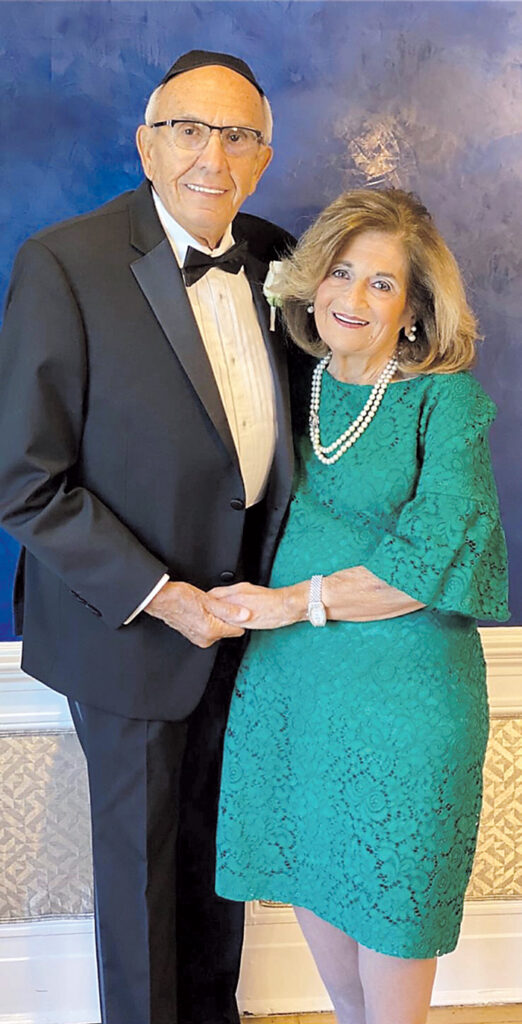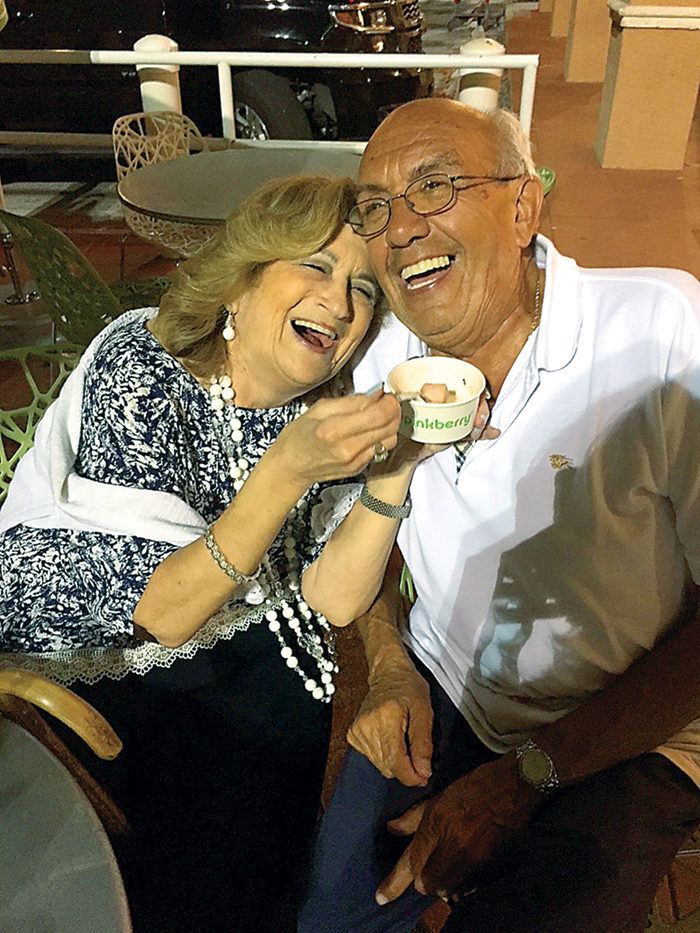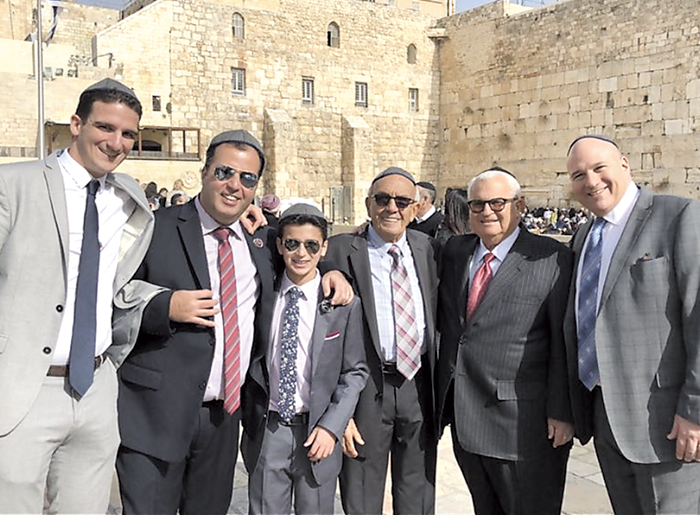Rabbi Dr. Raymond Harari, z”l His Legacy Lives On
Rabbi Joseph Beyda
In the early morning hours of October 30, 2024, the Jewish community lost one of its most precious gems. Rabbi Raymond Harari served a variety of roles in the Syrian Jewish Community including Head of School at the Yeshivah of Flatbush Joel Braverman High School and as the Head Rabbi of Congregation Mikdash Eliyahu. He was also part of the rabbinical staff of Ohel Yishak in Allenhurst, NJ and previously served as the spiritual leader of Congregation Bnei Shaare Zion and Congregation Kol Israel.
A humble man, Rabbi Raymond Harari z”l was one of the world’s greatest Torah teachers. Thousands, if not more, learned from him and virtually all would testify that they cherished the experience. An untold number of his students were inspired and uplifted to become Torah teachers themselves. A substantial number of those teachers have grown into master teachers in their own right, expanding by many multiples the influence Rabbi Harari has had. Developing teachers were often advised to “go watch Rabbi Harari” so they could witness his technical mastery of the art of teaching in a classroom.
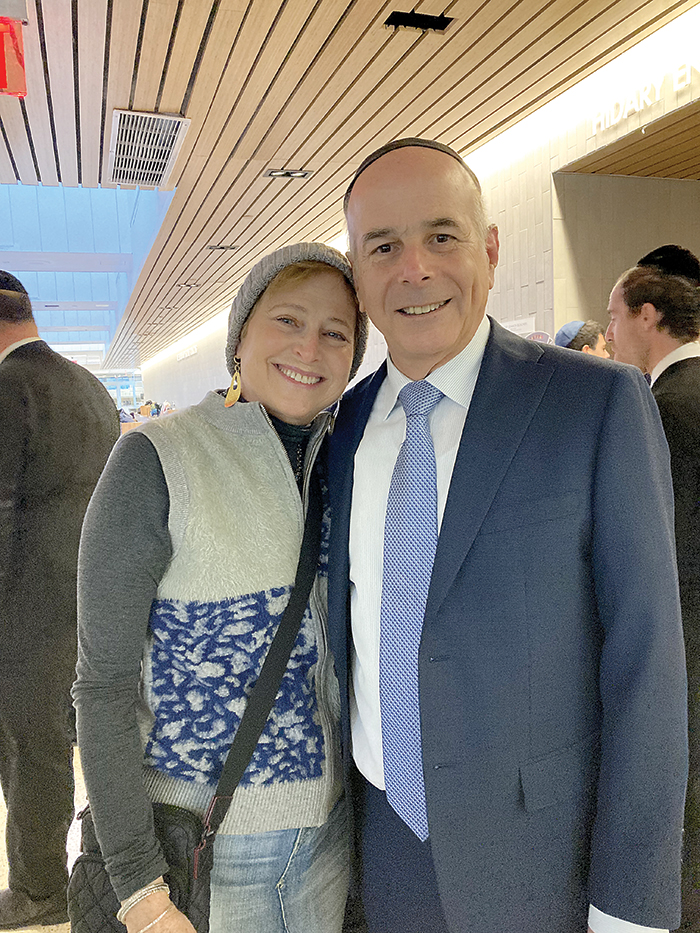
Following in the tradition of the Rambam, Rabbi Harari believed and lived the idea that silence is golden and that one should be as clear and concise as possible. This created the space that allowed people to learn lessons from him by watching and observing how he conducted himself. He understood that people learn more from one’s actions than words and set a sterling example of what the Torah asks us to be.
Rabbi Jonathan Sacks wrote that “Listening is a profoundly spiritual act, the greatest gift we can give to another human being,” and Rabbi Harari’s humility made him an outstanding listener. In every interaction, he made sure others had the space they needed to express themselves safely. He took in their words but also sensed their emotions–he knew where they were at. Consequently, he was loved by all. Only after listening and processing, would he offer his opinion, choosing his words carefully and always delivered with grace–generating a feeling of dignity for the other person.
Rabbi Harari’s warmth and empathy did not detract from his strong convictions; he always made clear where he stood. Likewise, his physical strength and commitment were legendary. During the Covid-19 pandemic, Rabbi Harari was forbidden by his doctors from entering the school building. Undaunted, a tent was pitched outside the school in which he taught his Gemara (Talmud) class. Despite the need to brave the elements, his students loved the experience – even in sub-freezing temperatures.
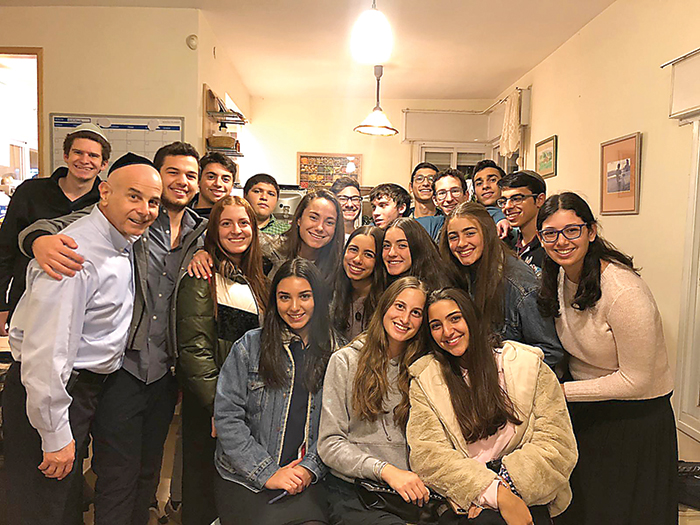
Rabbi Harari was a deeply spiritual person with a deep connection to Hashem. His tefillot (prayers) and shofar blowing on Yom Kippur were memorable for the many congregants he led. Frequently, he would make time for students, individually and in groups, to discuss religious, philosophical and theological issues. He was staunchly traditional, knowledgeable and committed to minhag (custom), yet open to innovation at the same time.
However, what truly set Rabbi Harari apart was his vision. He had a rare ability to see the potential in students, teachers and people that few if any others could. It was an acquired skill, something he worked on and honed. In particular, he believed strongly in educational opportunities for women. One of his proudest accomplishments was that one of his female students became the leading teacher of Daf Yomi (Talmud page of the day) for women with over 3,000 daily listeners.
Although he wore many hats – communal rabbi, head of school, counselor – Rabbi Harari referred to himself simply as a “teacher”. In his close to 70 years, he fulfilled this role to the fullest and it is now up to his many students to follow in his ways and continue his legacy.
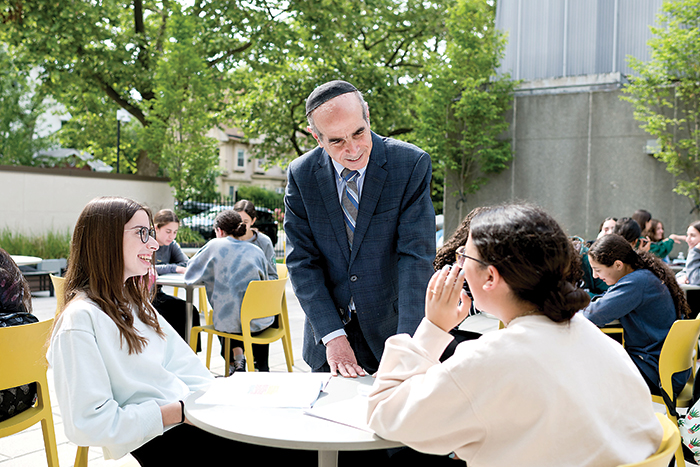
Yeshivah of Flatbush
“My relationship with Rabbi Raymond Harari goes back for almost two decades, and his influence has been deeply impactful. Both of my daughters were inspired by his Gemara teachings, which they say transformed their lives and helped guide them toward successful paths. As a Yeshivah of Flatbush alumnus, I’ve seen the lasting effect of his wisdom firsthand. The gift he gave my daughters surpasses even what I received, and his ability to inspire across generations is truly remarkable. Rabbi Harari’s teachings continue to shape our family’s journey, and his legacy will stay with us for years to come.”
-Ralph Shamah, President, Yeshivah of Flatbush
Rabbi Joseph Beyda is the Yeshivah of Flatbush Joel Braverman High School Head of School


